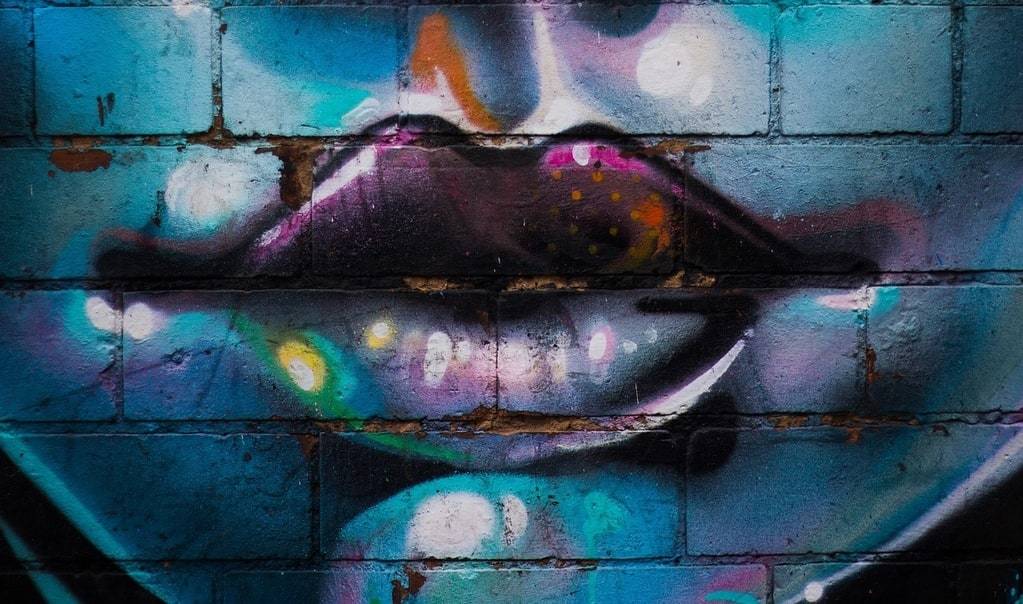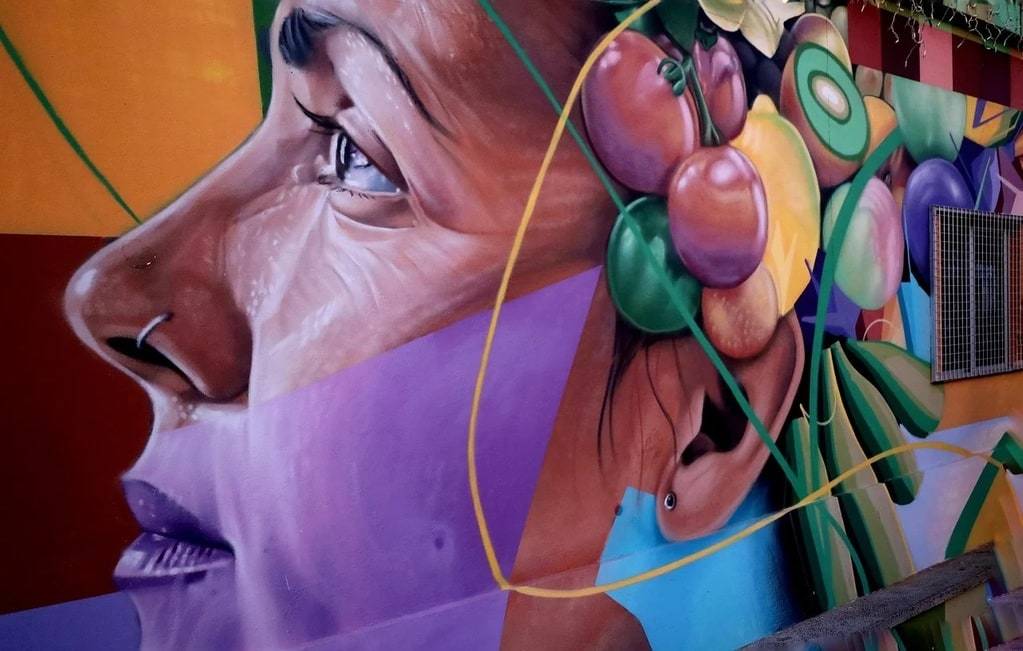
Digital art, a phenomenon that has redefined the boundaries of creativity, draws upon a vast array of cultural influences. This synthesis of tradition and technology is evident in the myriad forms digital art takes, reflecting the diverse cultural landscapes from which it emerges. As artists navigate the digital realm, they imbue their works with cultural motifs, narratives, and aesthetics that speak to their heritage and contemporary experiences.
Cultural Influences in the Digital Art Landscape
The integration of cultural elements into digital art has created a vibrant and dynamic artistic landscape. Digital artists often draw inspiration from their cultural backgrounds, incorporating traditional symbols, myths, and artistic techniques into their work. For instance, Japanese digital artists might blend anime aesthetics with traditional ukiyo-e woodblock prints, creating a fusion that honors both old and new art forms. Similarly, African digital artists might incorporate motifs from tribal art into their digital creations, bridging the gap between ancient cultural practices and modern technology.
Historical and Traditional Inspirations
Historical and traditional influences play a significant role in shaping digital art. Many digital artists look to the past, drawing upon the rich tapestry of their cultural heritage to inform their work. This can be seen in the revival of ancient art styles through digital mediums, where traditional techniques are reimagined using contemporary tools. For example, digital reproductions of medieval manuscripts or the use of Renaissance-inspired digital painting techniques highlight how the past continues to inspire modern creativity.
Digital art also serves as a medium for preserving and revitalizing cultural traditions. By adapting traditional art forms to digital platforms, artists can reach new audiences and ensure that these cultural expressions remain relevant in a rapidly changing world. This not only helps preserve cultural heritage but also allows for its evolution and adaptation to new contexts.

Globalization and Cross-Cultural Exchange
In the era of globalization, digital art stands at the forefront of cross-cultural exchange. The internet has made it possible for artists from different parts of the world to collaborate, share ideas, and draw inspiration from a diverse array of cultural sources. This cross-pollination of ideas has led to the emergence of new, hybrid art forms that blend elements from multiple cultures. For instance, an artist might combine traditional Chinese brush painting techniques with Western digital illustration styles, creating a unique fusion that transcends cultural boundaries.
The influence of globalization is also evident in the themes explored in digital art. Issues such as identity, migration, and cultural hybridity are common motifs, reflecting the interconnected nature of the modern world. Digital artists use their platforms to explore and express the complexities of living in a globalized society, often highlighting the tensions and synergies that arise from cultural interactions.
Technological Advancements and Cultural Representation
Technological advancements have revolutionized the way cultural narratives are represented in digital art. The advent of virtual reality (VR) and augmented reality (AR) has opened up new possibilities for immersive cultural experiences. Through VR and AR, artists can create interactive environments that allow viewers to engage with cultural stories and artifacts in unprecedented ways. For example, a VR experience might transport users to an ancient cultural site, offering a virtual tour that brings history to life.
Artificial intelligence (AI) is another technological frontier that is reshaping cultural representation in digital art. AI algorithms can analyze vast amounts of cultural data, enabling artists to create works that are informed by complex cultural patterns and trends. This technology allows for the exploration of new artistic possibilities and the creation of works that are deeply rooted in cultural context.
The Role of Social Media in Cultural Dissemination
Social media platforms play a pivotal role in the dissemination of digital art and the cultural influences that shape it. Artists can share their work with a global audience, garnering feedback and building communities around shared cultural interests. Platforms like Instagram, TikTok, and DeviantArt serve as virtual galleries, where digital artists can showcase their creations and connect with other artists and art enthusiasts from around the world.
Through social media, digital art becomes a vehicle for cultural dialogue and exchange. Artists can engage with cultural movements, trends, and issues in real-time, contributing to a dynamic and evolving cultural conversation. This interaction fosters a sense of global community and allows for the continuous evolution of digital art as a reflection of diverse cultural influences.
Here are some key points to consider:
- Digital art often incorporates traditional cultural motifs and techniques.
- The globalization of art has led to hybrid forms that blend multiple cultural elements.
- Technological advancements like VR, AR, and AI are transforming cultural representation in digital art.
- Social media platforms are crucial for the dissemination and exchange of digital art across cultures.
Looking Ahead: the Future of Cultural Influences on Digital Art
As digital art continues to evolve, the interplay between technology and culture will undoubtedly become even more intricate. Artists will keep pushing the boundaries of creativity, drawing from their cultural roots while embracing new technological possibilities. This ongoing dialogue between past and future, tradition and innovation, will ensure that digital art remains a rich and multifaceted field, celebrating the diversity of human experience.
In this dynamic landscape, the cultural influences on digital art will continue to inspire, challenge, and transform, reflecting the ever-changing tapestry of our global society.